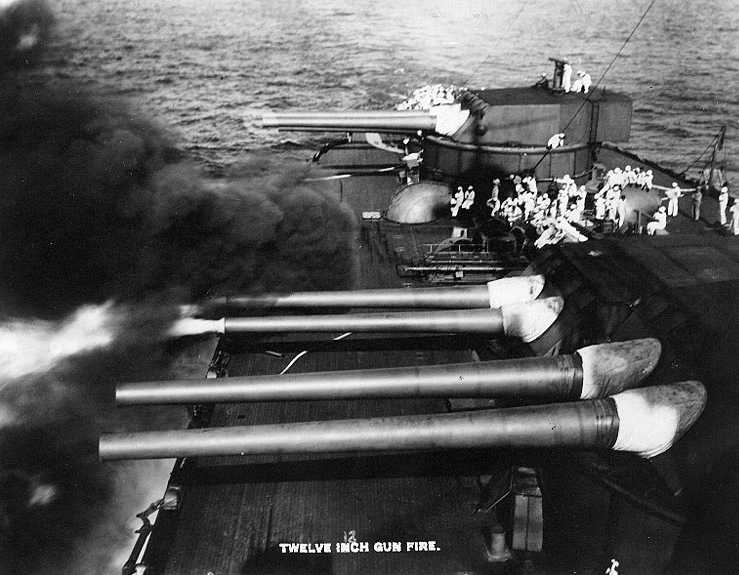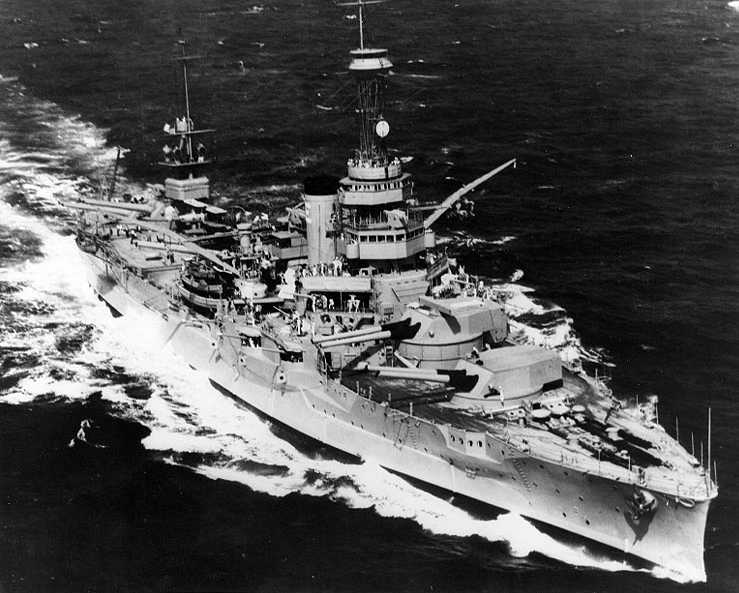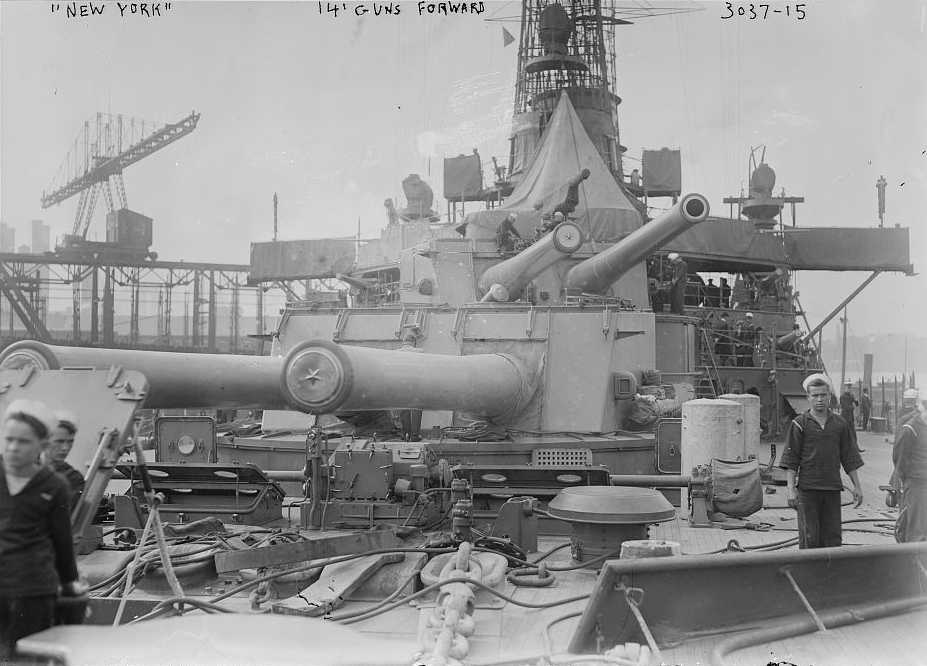Muzzle Velocity
(see Note 5) |
Full Charge - New Gun
AP - 2,900 fps (884 mps)
HC - 3,000 fps (914 mps)
Reduced Charge - New Gun
AP - 2,100 fps (640 mps)
HC - 2,125 fps (648 mps) |
| Notes:
1) Originally, only AP and Common rounds
were provided for these guns. Common was obsolete by 1915 and no
longer in production. HC was introduced in 1942. Besides the
HC Mark 16 noted above, there were also HC Mark 21 projectiles, which appear
to be identical to the HC Mark 16 but apparently produced by a different
manufacturer.
2) Only AP Mark 15 Mod 6 was still in service
during World War II, and this projectile was considered to be obsolete
at the time. Although OP 1664 says that this projectile had a large
cap and no windshield, Nathan Okun informs me that this is incorrect and
that the Mark 15 Mod 6 actually had a small windshield and cap which he
describes as follows:
"About half of the length of the
pointed nose above the lower edge of the AP cap is cap (nearly-flat conical
top, much like a cone-shaped Johnson AP cap) and the rest is the small,
by World War II standards, pointed hollow windscreen (though with a small
flat tip). They both form a single circular-arc ogival shape (Secant
Ogive - an arc wider than the shell diameter at the hypothetical widest-point
lower edge, though of course actually cut off where it meets the surface
of the shell's true nose under it - with a 10-caliber radius, I believe),
with only the thin crack at the joint of the upper edge of the cap and
the lower edge of the windscreen being visible close-up. The rather
small AP cap design of the time riding high up on the shell nose looks
somewhat like a dunce cap with a flattened tip, since the bottom edge of
the shell's true much-blunter pointed nose (2 caliber radius of ogive)
under the cap is visible as a bulged out region about another 10% in radius
and 10% of the shell length to join the flat side of the body at the upper
bourrelet."
3) Bourrelet diameter was 11.977 inches
(30.4 cm).
4) The propellant was in four bags.
5) The original muzzle velocity for AP
was 2,950 fps (899 mps). This was determined to cause excessive wear
and was later reduced to the above figure. |


